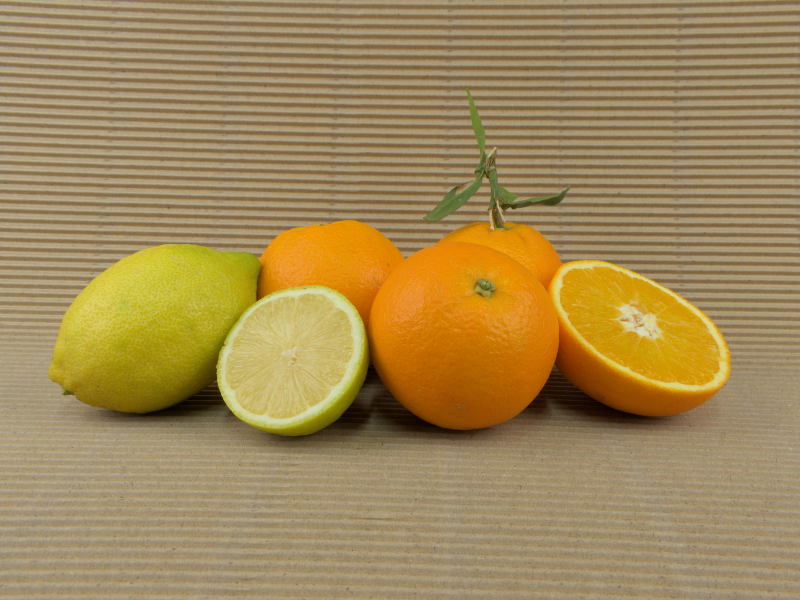Naranja València Late
Es la variedad de naranja más tardía que se produce en València y posiblemente la más extendida a nivel mundial.
Pertenece a la familia de las naranjas Blancas. De tamaño mediano, forma achatada, piel lisa de poco espesor y
color naranja pálido. A diferencia de la familia Navel, no tiene ombligo. Es una naranja muy jugosa y dulce, con
un grado más de acidez que la Lanelate y un sabor muy bueno. Puede presentar alguna semilla. Produce gran cantidad
de zumo, aunque también se puede tomar como naranja de mesa. La pulpa de estas naranjas es fuerte y compacta.
Tiene una larga duración post recolección de hasta 30 días, o incluso más, si se guarda en un lugar fresco, seco
y alejado de la luz directa del sol.
Su período de recolección va desde mediados de abril a finales de mayo.
Lemons
We serve lemons of the Eureka and Vernia varieties. These varieties have few differences between them,
sometimes even more similar to lemons of different varieties than lemons of the same variety. They are
of medium or small size. They are spherical or oval in shape with a short nipple, and have a smooth,
thin rind. The pulp is juicy with a high juice content. They have a long post-harvest life, of about
30 days or even more.
Its harvesting period is, depending on the year, from the beginning of December to mid-April.
Conventional farming
These fruits come from conventional farming, which means they may have
received conventional treatments during their production. Once harvested,
they are only cleaned with a cloth before being marketed. No waxes, fungicides,
or other preservatives are added to them. The treatments applied by
our farmers exclusively use products authorized by the EU. Nevertheless, a
significant portion of the fruits we serve comes from orchards that have
not received any pesticide treatments.
